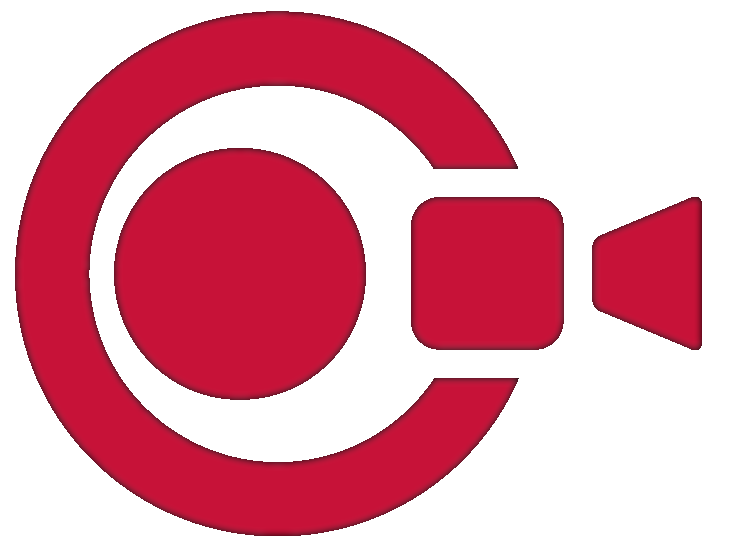A steadicam created by Garret Brown for decades has been the leader in stabliized -floating moving shots. Iconic shots such as first seen in ROCKY and of course Stanley Kubrick's SHINING. This technology and gear transformed how the camera moved and opened up the creativity of the director. I've worn the "sled" several times and on my first feature I did whole elaborate sequences. I decided early on that that was not for me. Not because I didn't enjoy it - it was hard! A great deal of physical strength, balance, and a penchant for tinkering is all required of steadicam greats. And practice - lots of practice.
The specialilzition of this sort of camera operation led to the esteemed position of Steadicam Operator. They really are rockstars of the set - coming in when needed - and working closely with the actors, directors, and DP. Then they move on to the next gig - all while getting handsomley paid. Mind you - the sucky ones usually only get hired once. There's nothing worse then a poor steadicam operator - the director's sad b/c the shots were not how they were envisioned, the DP's mad because the Producer didn't follow the recommendation, and the Producer's mad because the day was lost. That's the worst!
Here's a clip of some of the greatest steadicam shots EVAH!
So what does this new piece of gear mean for the steadicam? Hopefully it'll be the "game changer" that's it's been touted so much as. I'm hoping it's easy to use and will just be something that we'll never want to be without. I have been disappointed with gear in the past - but this seems different.
Will there be a new classification of operators - Instead of Steadicam operators will the be a Movi operator? And - how the heck do you make that long "O" symbol over the work MOVI. A MOVI operator. I think probably this specialization will end quite a bit. If all it takes is strong upper body strength to operate smoothly the zen like balance of a steadicam operator seems overpriced. That may me harsh but I hope my steadicam friends invest in this soon so at least they'll still be considered the Smoothe Operators on set!
Here's a video by Vincent Laforet. I was a little concerned that it made a bunch of noise. I've use the Kensignton handheld gyros and they make a ton of noise and unusable for dialog situations. Vincent personally assured me that the MOVI is deadly quiet. I thought they were trying to pull a fast one when there was no natural audio in the vid. Here's the making of vid (as if you haven't seen it already!)
